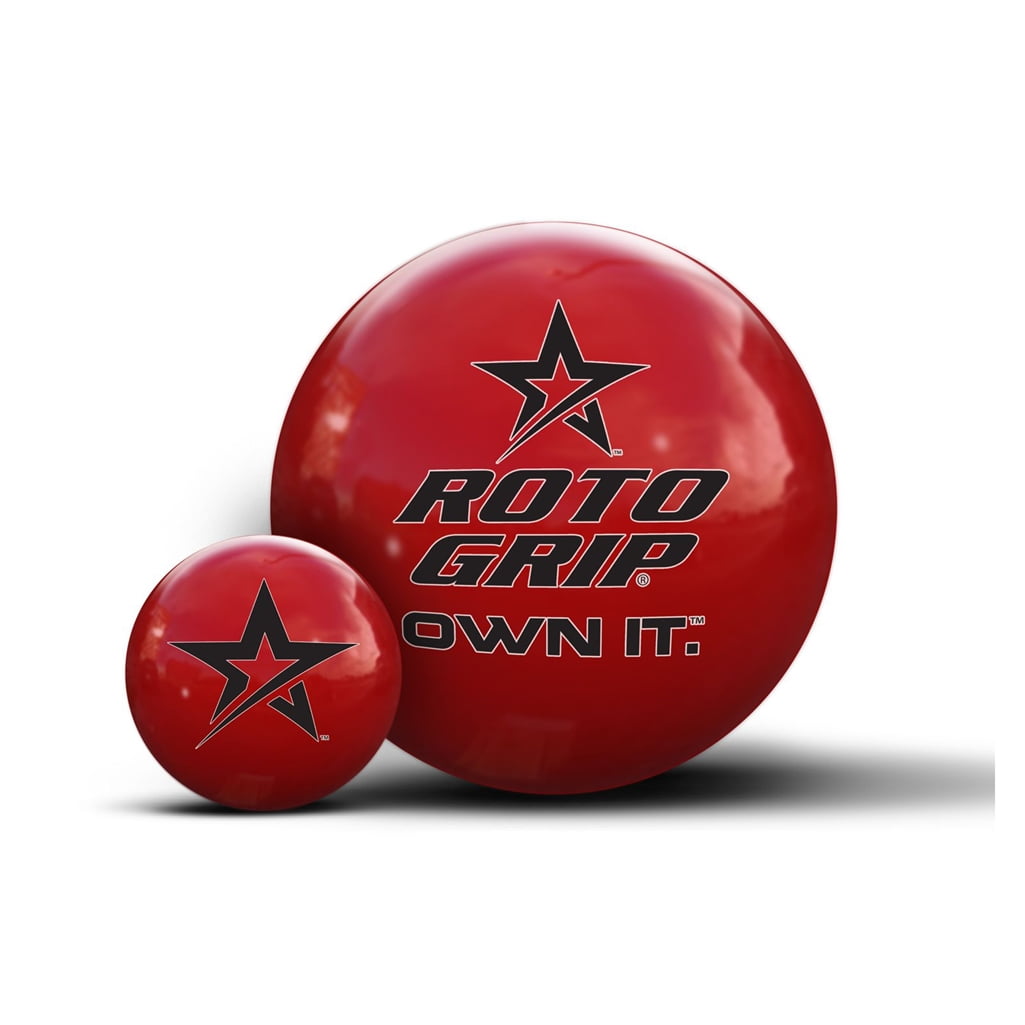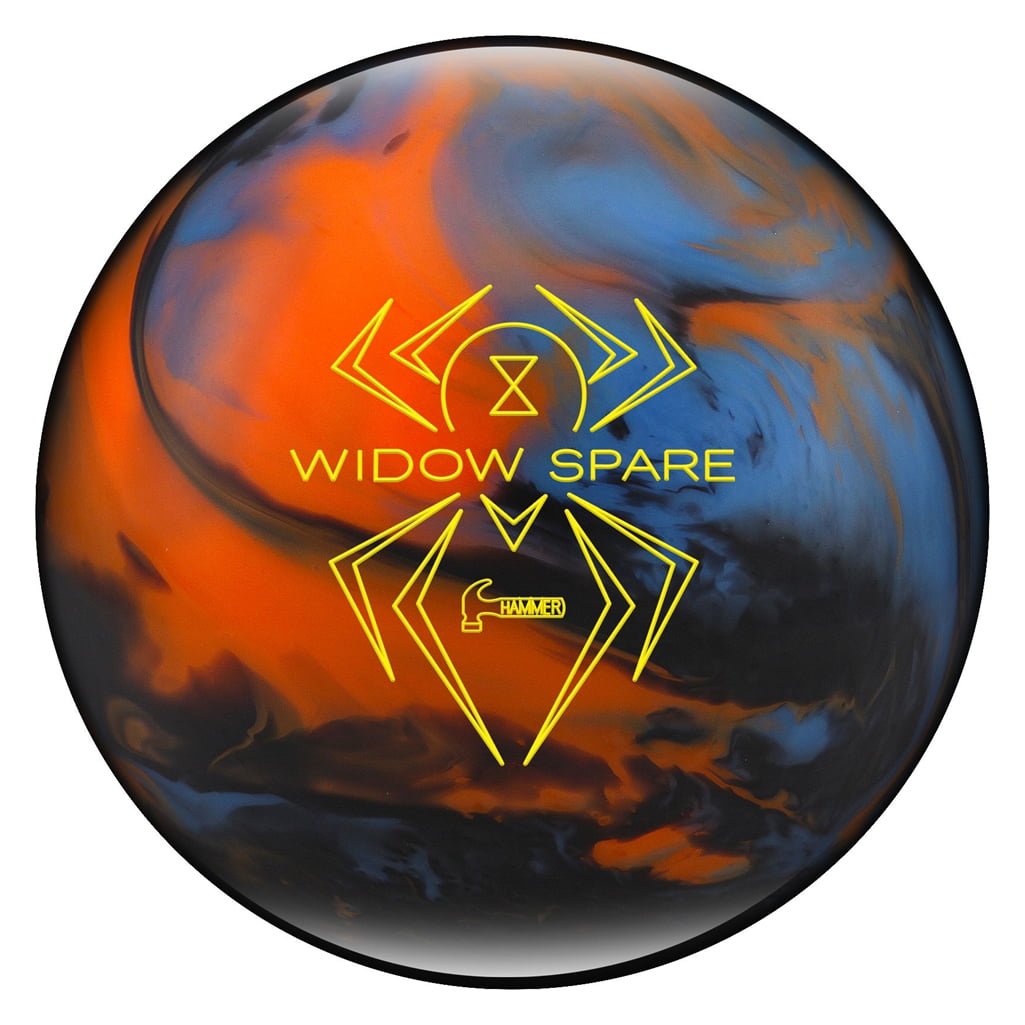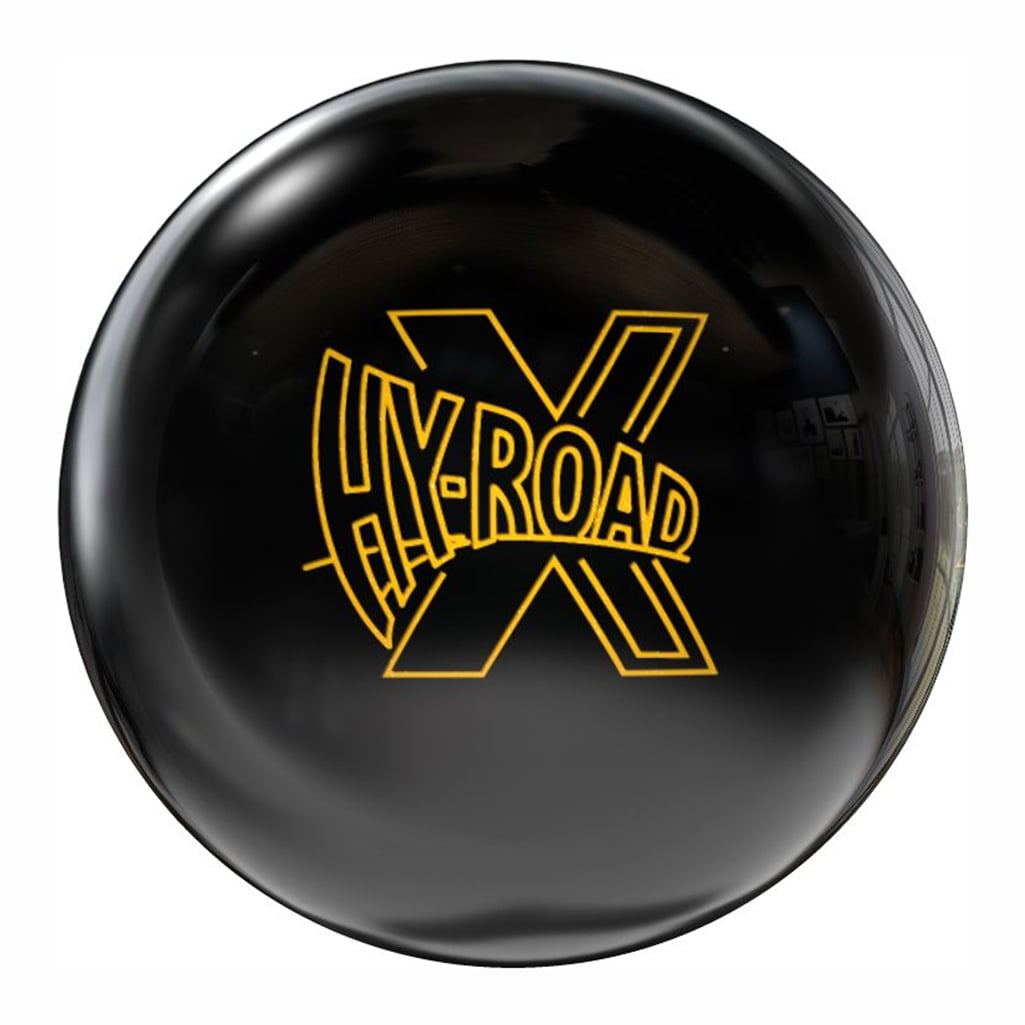

Named after 1950s American Bowling Congress officer Frank K.
Baker format: A team game scoring format in which a team's members bowl frames in a repetitive order to complete a single game (example: bowler A bowls frames 1 and 6, bowler B bowls frames 2 and 7, and so forth). _#_-Bagger: A string of _#_ strikes in consecutive frames within the same game (example: "six-bagger"). Backswing: The portion of a delivery following the push-off (push away) and preceding the forward swing and release. Back end: The (approx.) one-third of the lane furthest from the foul line, which generally lacks oil. Back-up ball: A ball thrown with a right-handed release that hooks left to right, or thrown with a left-handed release that hooks right to left. Code zero bowling ball plus#
For example, a player rolling strikes in the seventh, eighth and ninth frames plus three more in the tenth frame is said to have the "back six".

Back _#_: A number, _#_, of consecutive strikes ending with the final roll of a game.Baby Split: A split that can be converted by hitting both pins with the ball.Initial axis tilt is defined at the time of release. Axis tilt: Angle of the ball's axis of rotation in a vertical plane, measured with respect to the horizontal.Axis rotation is also referred to as side rotation or side roll.

Initial axis rotation is defined at the time of release. Generally, axis rotation is imparted by turning the ball, and significantly contributes to hook. Axis rotation: Angle of the ball's axis of rotation in a horizontal plane, measured with respect to a line parallel to the foul line.Average: The total of scores from multiple games divided by the number of games, rounded down to an integer (whole-number) value.Adjective is also applied to the ball's core. Asymmetric: Adjective describing a ball that is not symmetric, and therefore tending to have greater flare potential.Balls in an arsenal are usually chosen to be mutually distinct in coverstock, core characteristics, and pin configuration, to achieve desired ball paths under different lane conditions. Often, the term specifically refers to the limited quantity of balls permitted under rules of a particular competition. Arsenal: The set of bowling balls available for a bowler's use.(The) Arrows: Seven regularly-spaced arrowhead-shaped guides located about 15 feet past the foul line, used as targets for rolling the ball.Approach also denotes the area behind the foul line. Approach: The part of the delivery that leads up to the release.A ball that hooks has a larger angle of entry than a ball thrown in a straight line.
 Angle of entry: The angle at which the ball is moving when first impacting a pin (especially the pocket), measured with respect to a line parallel to the lane's boards. Angle: See Angle of entry or Delivery angle. Andy Varipapa 300: 12 consecutive strikes bowled across two games. Anchor: In league play, the person bowling last: usually the bowler with the highest average or the best performer under pressure. Alignment is usually expressed in terms of board number and arrow number, for example, "standing at (board) 25, sliding at 20, looking at the second arrow". Align(ment): A choice of location of the feet during setup, location of the sliding foot at time of release, and choice of target (arrow), which collectively determine initial ball trajectory. Adjust(ment): A change in technique-especially in alignment, but also in approach, delivery, targeting or ball choice-often made in response to changing lane conditions or to correct undesirable ball motion. Action bowling: Bowling contests involving money betting, historically associated with the New York underworld from the 1940s to the 1970s. Abralon (pad): An abrasion technology product used to "sand" ball coverstocks with different grits (degrees of roughness) to control the amount of friction between the coverstock and lane. ABC: American Bowling Congress, the first enduring standards and rules governing organization for ten-pin bowling in the United States, formed in September 1895 and merged in 2005 with other organizations to form the United States Bowling Congress ( USBC). Black lines on balls simulate ring-shaped oil tracks (initial contact with lane). Three angles of axis tilt (blue axes) relative to the horizontal.
Angle of entry: The angle at which the ball is moving when first impacting a pin (especially the pocket), measured with respect to a line parallel to the lane's boards. Angle: See Angle of entry or Delivery angle. Andy Varipapa 300: 12 consecutive strikes bowled across two games. Anchor: In league play, the person bowling last: usually the bowler with the highest average or the best performer under pressure. Alignment is usually expressed in terms of board number and arrow number, for example, "standing at (board) 25, sliding at 20, looking at the second arrow". Align(ment): A choice of location of the feet during setup, location of the sliding foot at time of release, and choice of target (arrow), which collectively determine initial ball trajectory. Adjust(ment): A change in technique-especially in alignment, but also in approach, delivery, targeting or ball choice-often made in response to changing lane conditions or to correct undesirable ball motion. Action bowling: Bowling contests involving money betting, historically associated with the New York underworld from the 1940s to the 1970s. Abralon (pad): An abrasion technology product used to "sand" ball coverstocks with different grits (degrees of roughness) to control the amount of friction between the coverstock and lane. ABC: American Bowling Congress, the first enduring standards and rules governing organization for ten-pin bowling in the United States, formed in September 1895 and merged in 2005 with other organizations to form the United States Bowling Congress ( USBC). Black lines on balls simulate ring-shaped oil tracks (initial contact with lane). Three angles of axis tilt (blue axes) relative to the horizontal.








 0 kommentar(er)
0 kommentar(er)
